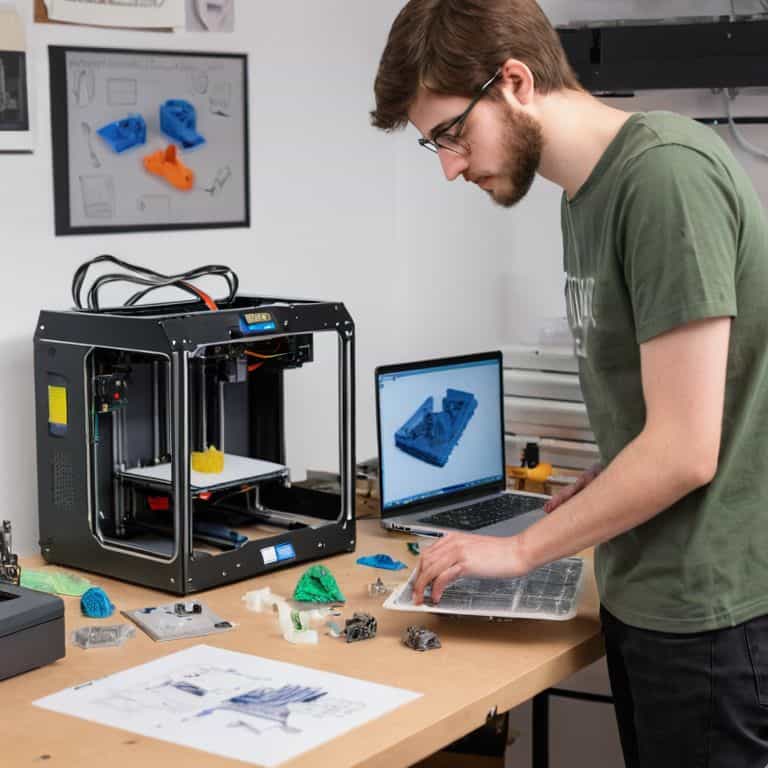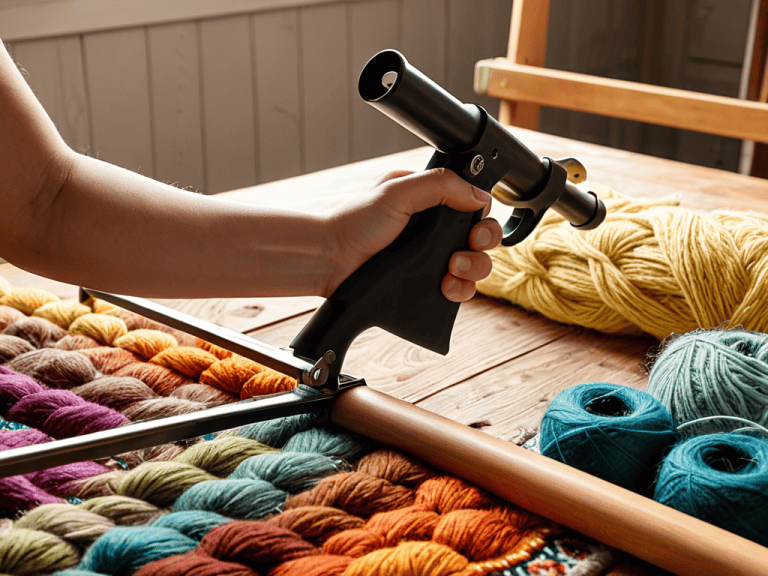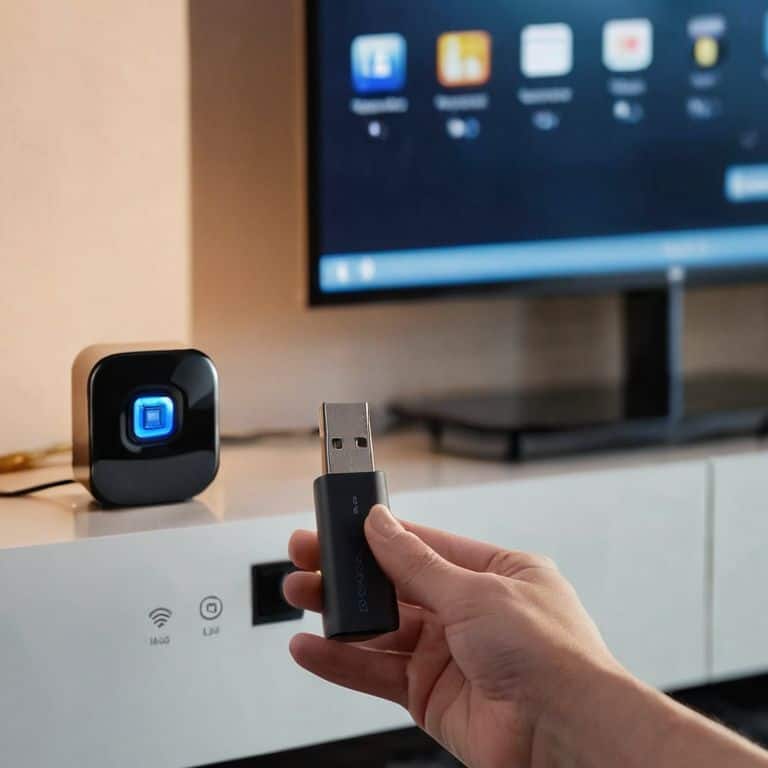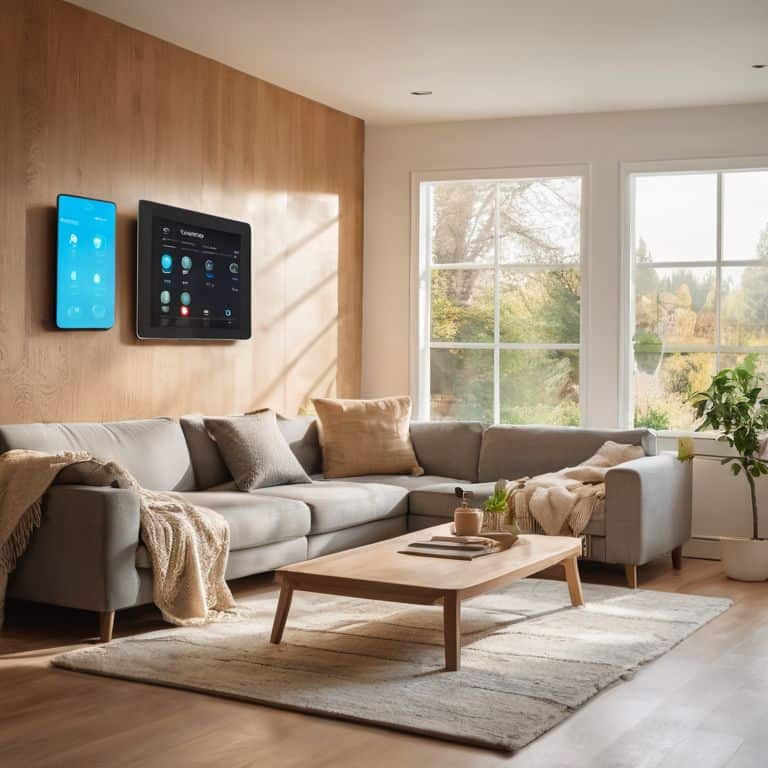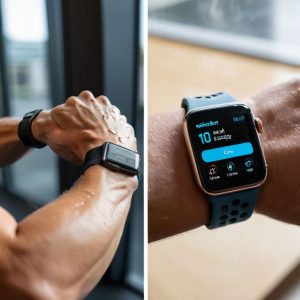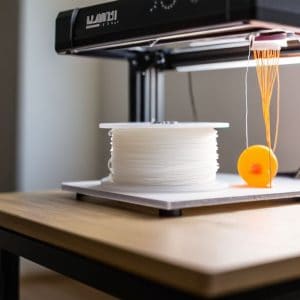I still remember the thrill of unboxing my first 3D printer – it was like unleashing a creative beast. I had no idea where to start, but I was determined to learn how to choose your first 3d printer that would meet my needs. The problem was, every guide I read seemed to be written by a tech expert who assumed I already knew the lingo. Frustrating, right? It didn’t take long for me to realize that choosing the right 3D printer is not just about specs and features, but about finding a machine that fits your workflow.
As someone who’s been in your shoes, I’m excited to share my no-nonsense advice on how to choose your first 3d printer. In this article, I’ll walk you through the essential steps to find the perfect machine for your needs, from understanding the different types of 3D printing technologies to setting a budget that won’t break the bank. I’ll also share some hard-learned lessons from my own experiences, so you can avoid common pitfalls and get started with your 3D printing journey sooner. By the end of this guide, you’ll be equipped with the knowledge to make an informed decision and start creating amazing things with your very own 3D printer.
Table of Contents
Guide Overview: What You'll Need
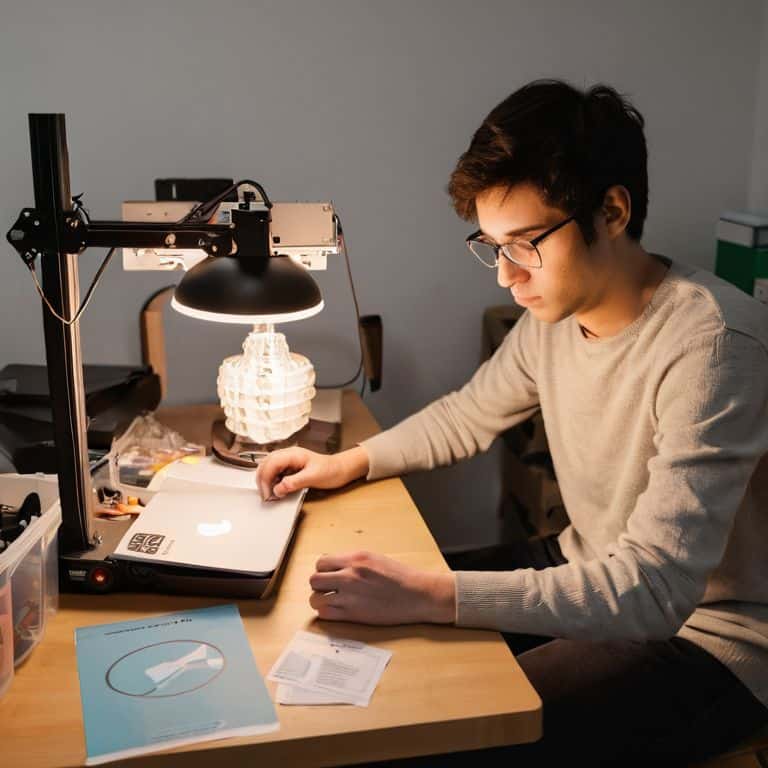
Total Time: 2 hours
Estimated Cost: $500 – $1000
Difficulty Level: Intermediate
Tools Required
- Computer (for research and configuration)
- Calipers (for measuring and calibrating the printer)
- Screwdriver (for assembly and maintenance)
Supplies & Materials
- 3D Printer Kit (choose a beginner-friendly model)
- Filament (select a suitable type and color for your first prints)
- Printing Surface (such as a glass or aluminum plate, approximately 8 inches x 8 inches)
Step-by-Step Instructions
- 1. First, let’s define your budget and what you’re looking to achieve with your 3D printing journey. Are you a hobbyist looking to print small toys and trinkets, or are you a serious maker wanting to create complex prototypes and functional parts? This will help you narrow down your options and choose a printer that fits your needs. Consider the cost of the printer, the cost of materials, and any additional features you might want, like a heated bed or Wi-Fi connectivity.
- 2. Next, you’ll want to decide on the type of 3D printing technology you want to use. The two most common types are Fused Deposition Modeling (FDM) and Stereolithography (SLA). FDM printers use melted plastic to build objects, while SLA printers use a laser to cure liquid resin. FDM printers are generally more affordable and easier to use, but SLA printers can produce more detailed and accurate prints.
- 3. Now it’s time to research different models and read reviews from other users. Look for printers with good ratings and reviews from reputable sources. Check the printer’s specifications, such as its build volume, layer resolution, and print speed. You should also consider the printer’s compatibility with different types of filament and its ease of use. Make a list of your top choices and compare their features and prices.
- 4. Once you’ve narrowed down your options, it’s time to consider the level of assembly required. Some 3D printers come fully assembled and ready to use, while others require more extensive assembly and calibration. If you’re new to 3D printing, you may want to consider a printer that’s easier to assemble and use. However, if you’re looking for a more affordable option and don’t mind getting your hands dirty, a DIY kit might be the way to go.
- 5. The next step is to check the printer’s compatibility with your computer and operating system. Make sure the printer comes with software that’s compatible with your system, and that you have the necessary hardware to connect the printer to your computer. You should also consider the printer’s connectivity options, such as USB, Wi-Fi, or Ethernet.
- 6. Now, let’s talk about print quality and resolution. If you’re looking to print detailed models or prototypes, you’ll want a printer with high resolution and accuracy. Look for printers with a high layer resolution and a small nozzle diameter. You should also consider the printer’s print speed and whether it has features like automatic bed leveling and filament runout detection.
- 7. Finally, it’s time to consider the community and support surrounding the printer. Look for printers with active communities and good customer support. Check online forums and social media groups to see what other users are saying about the printer and its manufacturer. A good community can be a valuable resource for troubleshooting and learning new techniques.
Choose Your Rebel Printer
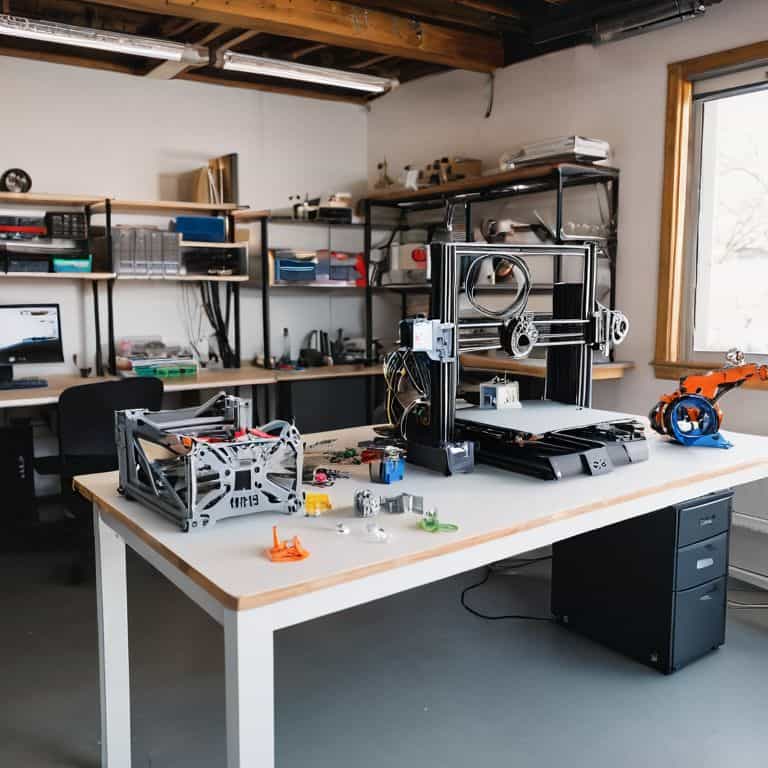
When it comes to 3d printing for beginners, it’s essential to consider the type of printing technology that suits your needs. You’ll likely come across fused deposition modeling (FDM) and stereolithography (SLA) printers. FDM printers are more common and affordable, while SLA printers offer higher resolution and accuracy. Think about the types of projects you want to work on and choose a printer that fits your requirements.
As you explore best 3d printer brands, remember to check their reputation for customer support and community resources. A good brand should provide extensive documentation, tutorials, and forums where you can connect with other makers. This will be invaluable when you encounter issues or need tips on 3d printer calibration tips. Don’t be afraid to ask questions or seek help when you need it – it’s all part of the learning process.
Before you start printing, make sure you’re familiar with 3d printing safety precautions. This includes properly ventilating your workspace, using protective gear, and keeping loose clothing tied back. It’s also a good idea to introduce yourself to intro to 3d modeling software to get a feel for designing your own prints. With practice and patience, you’ll be creating complex models in no time, and 3d printing will become your new favorite hobby.
Calibrate to Dominate Tips and Tricks
Now that you’ve picked your rebel printer, it’s time to unleash its full potential. Calibration is key to producing top-notch prints, and I’m not just talking about following the manual. I’m talking about tweaking, adjusting, and fine-tuning your machine to dominate the printing game. Start by leveling your print bed, it’s the foundation of a successful print. Then, experiment with different slicer settings to find the perfect balance between speed and quality.
Don’t be afraid to get your hands dirty and adjust the printer’s firmware if needed. I’ve found that a well-calibrated printer can make all the difference in producing prints that are not only functional but also look amazing. With a little patience and practice, you’ll be churning out prints like a pro, and your creations will be the envy of all your friends.
Fused Chaos Fdm vs Sla
Now that you’ve got a sense of the rebel spirit, let’s dive into the chaos of 3D printing technologies. You’ve got two main players: FDM (Fused Deposition Modeling) and SLA (Stereolithography). FDM is like the wild child – it’s messy, but it gets the job done. It works by melting plastic and laying it down layer by layer. SLA, on the other hand, is like the precise surgeon – it uses a laser to cure liquid resin, resulting in super accurate prints.
Think of FDM as your reliable, DIY-friendly workhorse, while SLA is the high-precision powerhouse. FDM printers are generally more affordable and easier to maintain, but might not produce the same level of detail as SLA. SLA printers, however, can create incredibly intricate designs, but often come with a heftier price tag and more finicky maintenance.
Rebel's Checklist: 5 Tips to Find Your Perfect 3D Printer
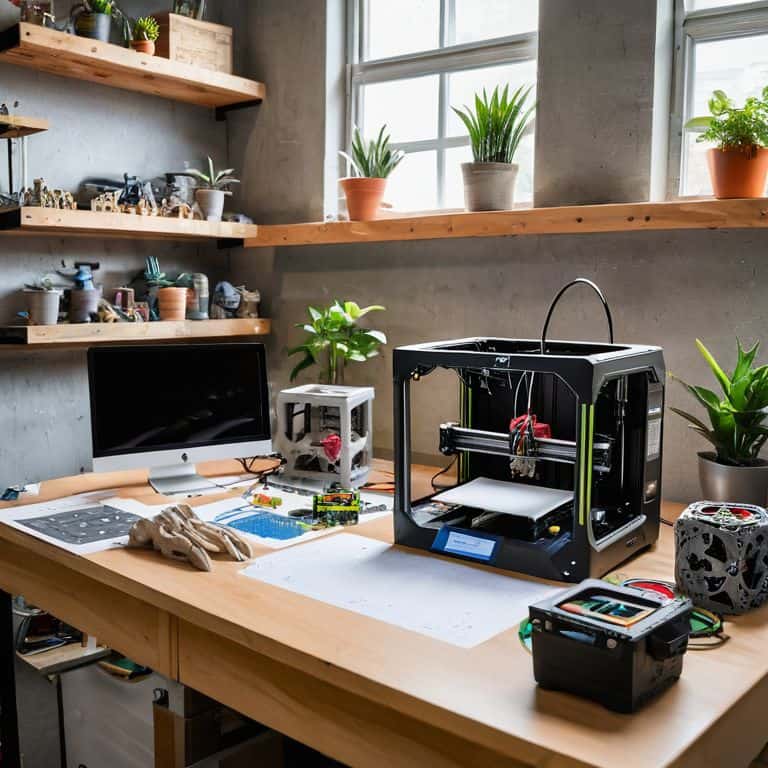
- Consider Your Budget: Don’t break the bank, but know that ultra-cheap options might lack in quality and reliability
- Space and Portability: Think about where your printer will live – desk, shelf, or workshop, and if you need it to be movable
- Print Resolution and Speed: FDM or SLA, what kind of prints do you want to make, and how quickly do you need them done
- Community and Support: Look for a printer with an active community, tutorials, and customer support for when things get tricky
- Upgradability and Hackability: Choose a printer that lets you tweak, upgrade, and mod it to your heart’s content, voiding that warranty with pride
Rebel Printer Takeaways
Know your printing style: FDM is great for durable, everyday parts, while SLA is perfect for intricate, high-detail models
Calibration is key: take the time to fine-tune your printer’s settings for optimal results and minimal headaches
Join the rebellion: don’t be afraid to void that warranty and modify your printer to unlock its full potential and make it truly your own
The Rebel's Mantra
Choosing your first 3D printer isn’t about finding the perfect machine, it’s about finding the perfect chaos to unleash your creativity – so don’t be afraid to get a little messy and void that warranty!
Frankie Miller
Embracing the Rebel Spirit: A Conclusion
You’ve made it through the trenches, and now you’re equipped with the knowledge to void that warranty and join the 3D printing revolution. We’ve covered the basics, from choosing your first 3D printer to understanding the ins and outs of FDM and SLA printing. You’ve learned how to calibrate your machine, troubleshoot common issues, and push the limits of what’s possible. Whether you’re a tinkerer, a maker, or just a curious enthusiast, you’re now part of a community that believes in the power of DIY tech and the freedom to create.
As you embark on this journey, remember that 3D printing is not just about creating objects – it’s about empowering yourself to innovate, experiment, and bring your ideas to life. Don’t be afraid to get your hands dirty, try new things, and learn from your mistakes. The world of 3D printing is constantly evolving, and with the right mindset and skills, you can stay ahead of the curve and make a real impact. So go ahead, join the rebellion, and show the world what you’re capable of – the future of tech is in your hands.
Frequently Asked Questions
What are the key differences between FDM and SLA 3D printing technologies?
FDM and SLA are two distinct beasts! FDM uses melted plastic, while SLA harnesses liquid resin, resulting in vastly different print qualities and uses. FDM’s great for functional parts and prototypes, whereas SLA shines with insane detail and smooth finishes, perfect for miniatures or jewelry.
How do I determine the best print resolution and speed for my first 3D printing projects?
Dialing in the perfect print resolution and speed is an art. For beginners, I recommend starting with a moderate resolution, around 0.2mm, and a speed of 50-60mm/s. This balance will give you decent detail without overwhelming your new printer. Experiment and adjust as you get a feel for your machine’s capabilities – and don’t be afraid to push the limits!
What are some essential features to look for when choosing a 3D printer as a beginner?
When choosing your first 3D printer, look for essentials like build volume, layer resolution, and filament compatibility. Don’t forget to check the ease of calibration and the type of printing technology – FDM or SLA. Also, consider the community support and available resources, like tutorials and forums. These will be your lifeline when you encounter your first (inevitable) printing hiccup!




